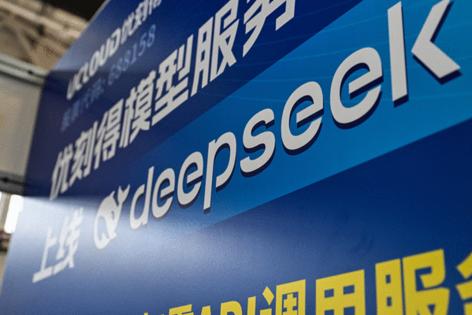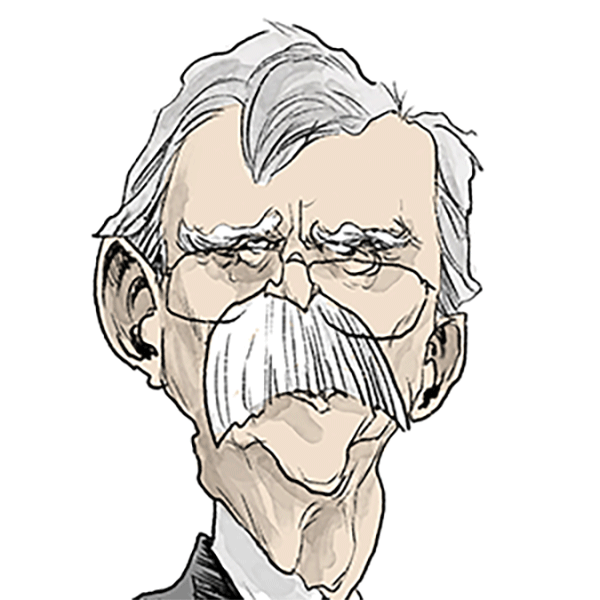Shuli Ren: China's 'engineer dividend' is paying off big time
Published in Business News
DeepSeek has changed how the world sees China. Worries over the country’s “3D” problem — that deflation, debt and demographics are structurally hampering growth — have melted away. Instead, investors are talking about how the world’s second-largest economy can take on the U.S. and challenge its technological dominance.
There is the prevailing sense that China’s “engineer dividend” is finally paying off. Between 2000 and 2020, the number of engineers has ballooned from 5.2 million to 17.7 million, according to the State Council. That reservoir can help the nation move up the production possibility frontier, the thinking goes.
In a way, DeepSeek shouldn’t have come as a surprise. Size matters. A bigger talent pool alone gives China a better chance to disrupt. In 2022, 47% of the world’s top 20th percentile AI researchers finished their undergraduate studies in China, well above the 18% share from the U.S., according to data from the Paulson Institute’s in-house think tank, MacroPolo. Last year, the Asian nation ranked third in the number of innovation indicators compiled by the World Intellectual Property Organization, after Singapore and the U.S.
What this also means is that innovative breakthroughs can pop out of nowhere. Hangzhou-based DeepSeek, for one, wasn’t spawned from the prestigious Tsinghua University in Beijing. Its founder, Liang Wenfeng, went to Zhejiang University, a respected institution, but by no means China’s Harvard.
In March, Manus AI once again fueled questions about the U.S. lead on artificial intelligence by launching a sophisticated product capable of carrying out complex tasks such as stock analysis and resume screening. Chief Executive Xiao Hong studied software engineering at Huazhong University of Science and Technology in Wuhan, an even lesser-known school.
Or consider start-up Unitree Robotics, whose “kung fu bots” are at the forefront of the U.S.-China race to mass produce AI-powered humanlike robots. Its founder, Wang Xingxing, only managed to attend a local university in Shanghai because his English exam score was dismal. In other words, don’t just look at the top 1% to judge what China can achieve. Today, graduates from lower-ranked universities and living in smaller cities are coming out with innovations that dazzle.
More importantly, China’s got the cost advantage. Those under the age of 30 account for 44% of the total engineering pool, versus 20% in the U.S., according to data compiled by Kaiyuan Securities. As a result, compensation for researchers is only about one-eighth of that in the U.S.
Credit must be given to President Xi Jinping for his focus on higher education as he seeks to upgrade China’s value chain. These days, roughly 40% of high-school graduates go to universities, versus 10% in 2000. Meanwhile, engineering is one of the most popular majors for post-graduate studies.
It’s a welcome reprieve for a government that has been struggling with a shrinking population. Last year, only 9.5 million babies were born, a sharp decline from about 15 million annually before the pandemic. This number was particularly ominous — 2024 was the Year of the Dragon, which, according to Chinese zodiac beliefs, is considered an auspicious time to have children. An aging society, combined with worries that the exports-driven growth engine is losing steam, are leading to worries that China might become the next Japan, lost for decades to come.
The engineer narrative therefore heralds a fresh growth model. Yes, China’s labor force is aging rapidly. And yes, compared to Southeast Asia, wages have become too high for traditional exports such as smartphones and apparel. But its engineers are still young, cheap and abundant. As a result, they open new possibilities for the country, perhaps even rivaling the West in the development of biotech, humanoid, and AI applications.
By now, Beijing has practically given up defending its traditional export sectors, knowing full well the country has lost its key advantage. Instead, it will double down on developing the engineering talent pool for new sources of growth. As such, those with a bullish thesis on U.S. tech need to consider the structural challenge China poses: Will it disrupt tech just like it did with clothes and houseware?
_____
This column does not necessarily reflect the opinion of the editorial board or Bloomberg LP and its owners.
Shuli Ren is a Bloomberg Opinion columnist covering Asian markets. A former investment banker, she was a markets reporter for Barron’s. She is a CFA charterholder.
_____
©2025 Bloomberg L.P. Visit bloomberg.com/opinion. Distributed by Tribune Content Agency, LLC.












Comments